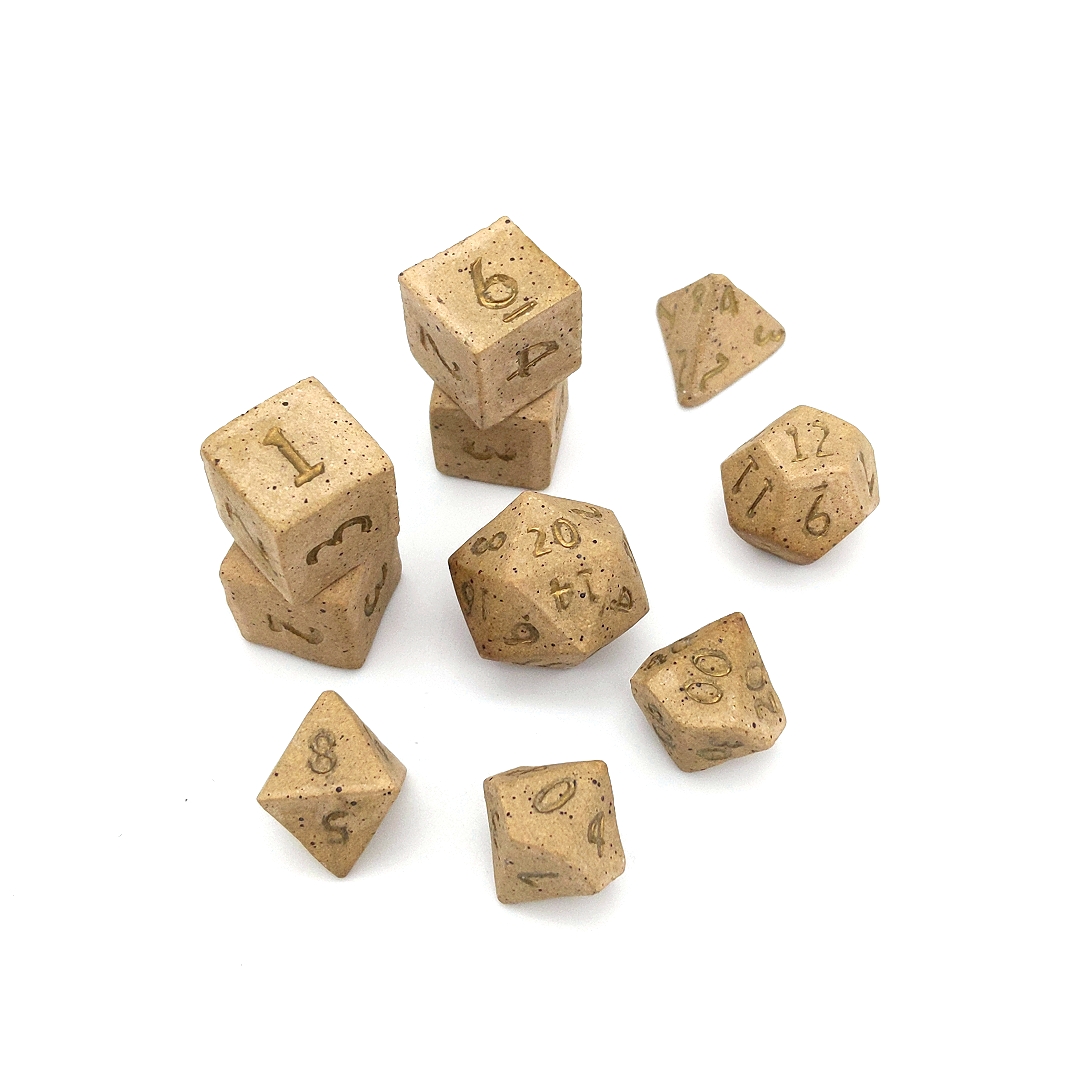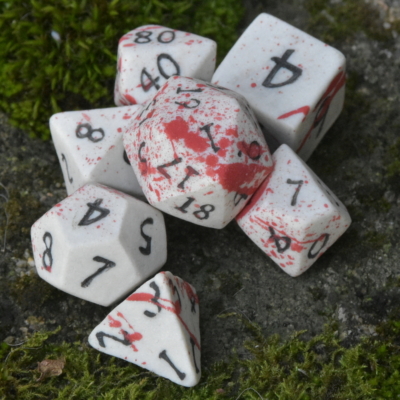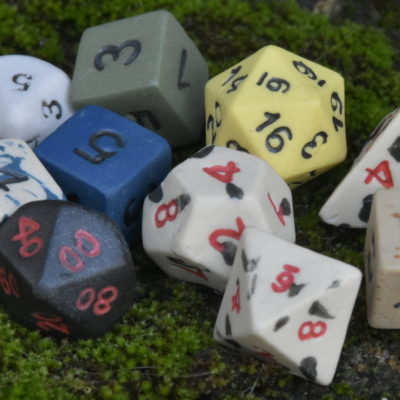The Art of Pacing in D&D Campaigns
Creating a memorable Dungeons & Dragons (D&D) campaign hinges significantly on the art of pacing. Whether you’re a seasoned Dungeon Master (DM) or a beginner eager to dive into storytelling, understanding how to maintain rhythm and flow is crucial.
Why Pacing Matters
Pacing determines how players engage with your story. A well-paced game keeps players invested, ensuring each session leaves them craving more. Conversely, poor pacing can lead to disengagement and disinterest.
Beginner Tips for Effective Pacing
- Start with a solid outline. Knowing the beginning, middle, and end helps maintain structure.
- Include breaks and cliffhangers. These elements keep suspense alive and players returning for the next session.
Advanced Techniques for Seasoned DMs
- Implement dynamic encounters. Mix combat with role-play scenarios to vary the pace.
- Use Narrative Arcs. Develop character-driven subplots that weave seamlessly into the main storyline.
Pacing an Orc Cleric 5e Adventure
The introduction of an Orc Cleric can add layers to your campaign’s pacing. Their unique blend of strength and spirituality allows for diverse story opportunities.
Tip: Balance action-packed sequences with spiritual quests or dilemmas that require introspection.
The Pharaoh’s Sandstorm Ceramic Dice Set is perfect for any DM looking to enhance their game night. With its intricate design inspired by desert storms, it adds an element of mystery and allure—ideal for those pivotal moments when pace shifts dramatically.
The art of pacing in Dungeons & Dragons (D&D) campaigns is a delicate balance of storytelling, suspense, and player interaction. The tempo of the campaign can significantly influence player engagement and overall enjoyment of the game. As a Dungeon Master (DM), it’s essential to execute pacing strategically to ensure your campaign remains compelling and immersive. When the pacing is well done, players remain invested in the game, eagerly awaiting the next session. On the other hand, a poorly paced game can lead to player disengagement and lack of interest, diminishing the thrill of the adventure. Therefore, understanding and mastering pacing is crucial.
For beginners, starting with a solid outline of the campaign is a good first step towards effective pacing. Knowing where your campaign begins, where it should peak, and how it concludes helps maintain structure and flow. Including breaks and cliffhangers can further enhance pacing. These elements effectively maintain suspense and keep players eagerly returning for the next session. For seasoned DMs, implementing dynamic encounters and narrative arcs can add depth to the pacing. By balancing combat with role-playing scenarios and developing character-driven subplots, you can keep the pace varied and engaging.
Introducing an Orc Cleric to your D&D campaign can add an exciting twist and additional layers to your pacing. The Orc Cleric’s unique blend of brute strength and spiritual wisdom allows for a diverse range of story opportunities. Balancing action-packed sequences with spiritual quests or dilemmas that call for introspection can add a new dimension to your game. Lastly, using the Pharaoh’s Sandstorm Ceramic Dice Set can further enhance the pace of your game. Its intricate design, inspired by desert storms, adds an element of mystery and allure—perfect for those crucial moments when the pace shifts dramatically.





